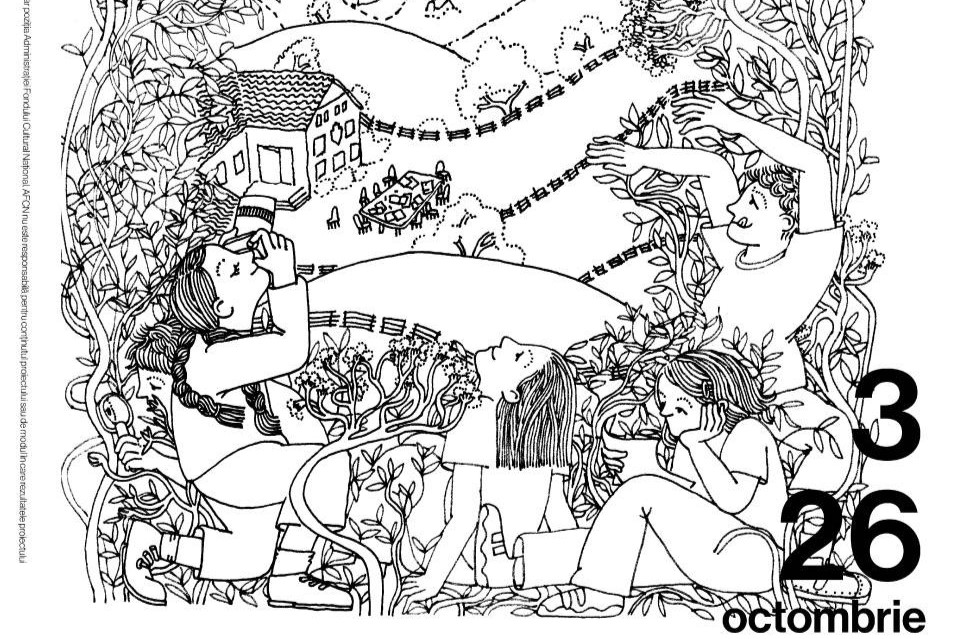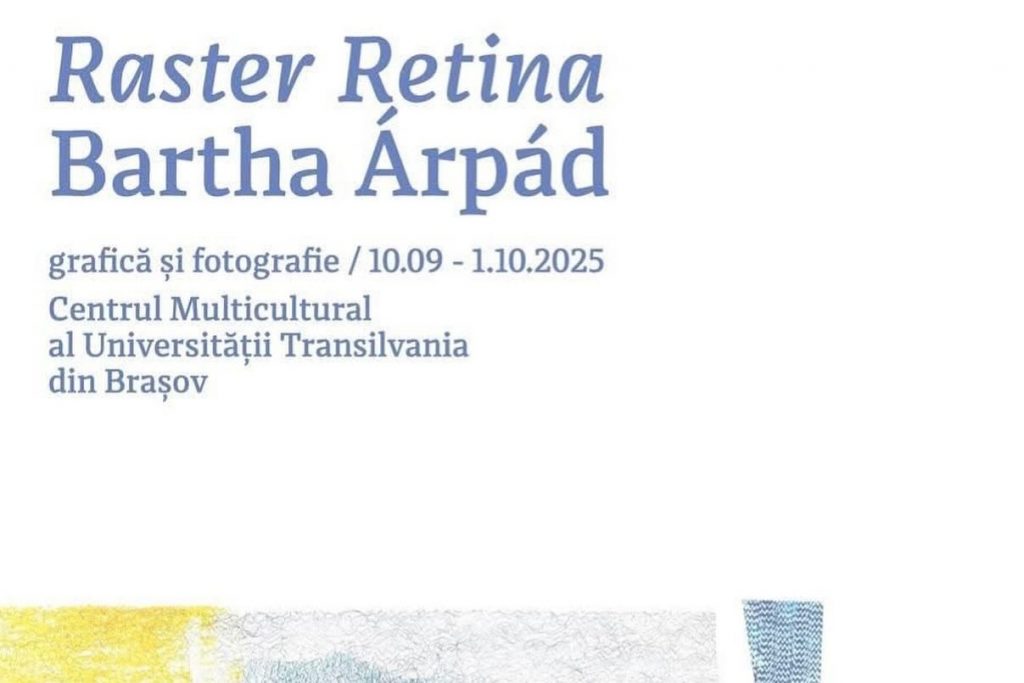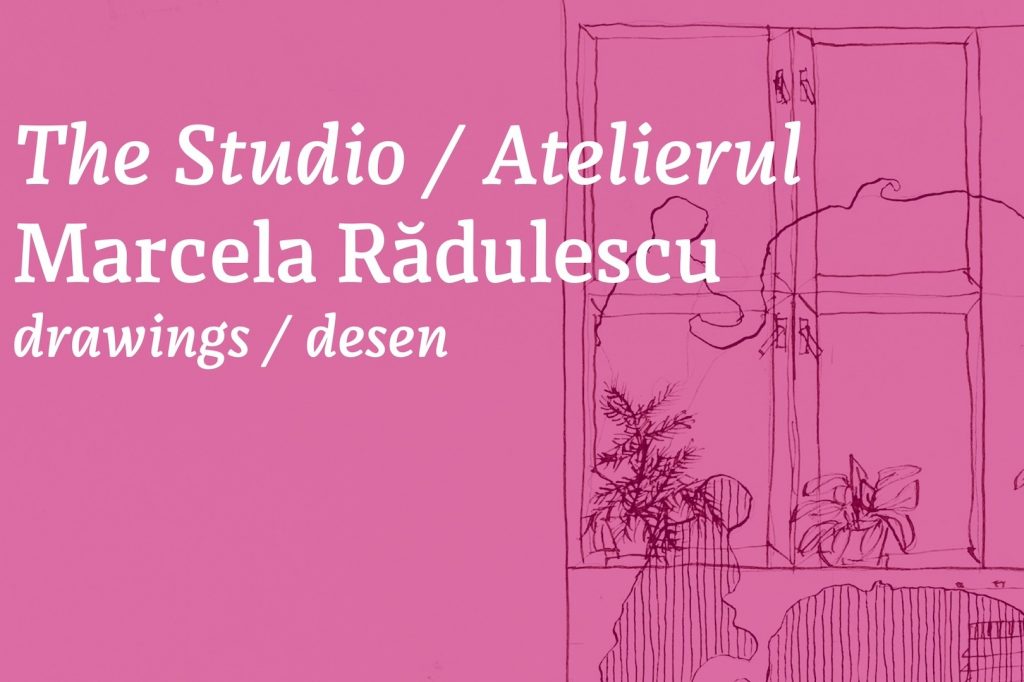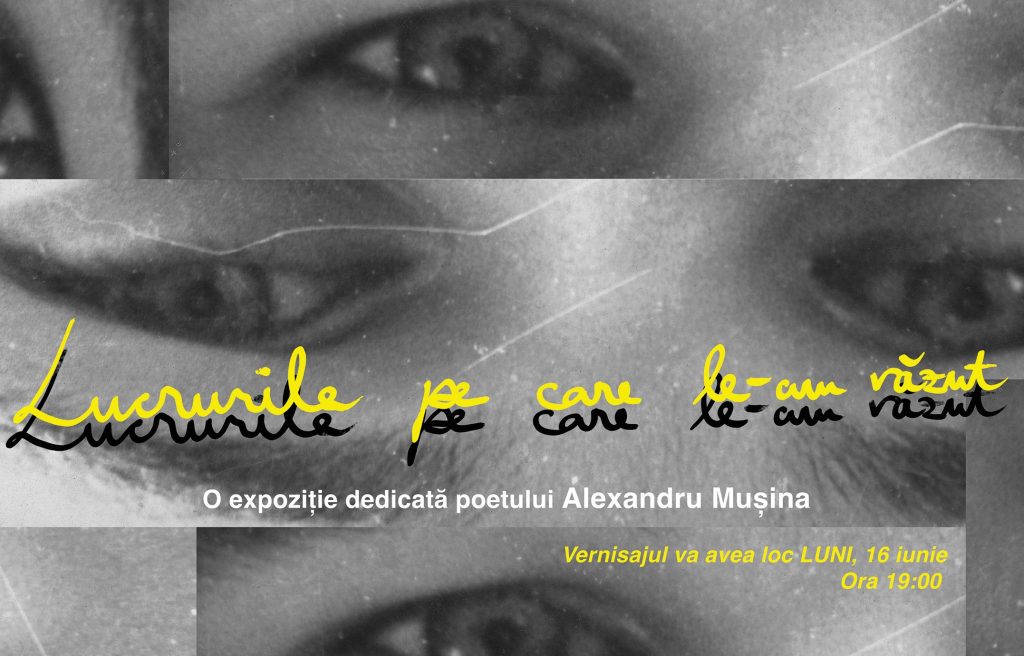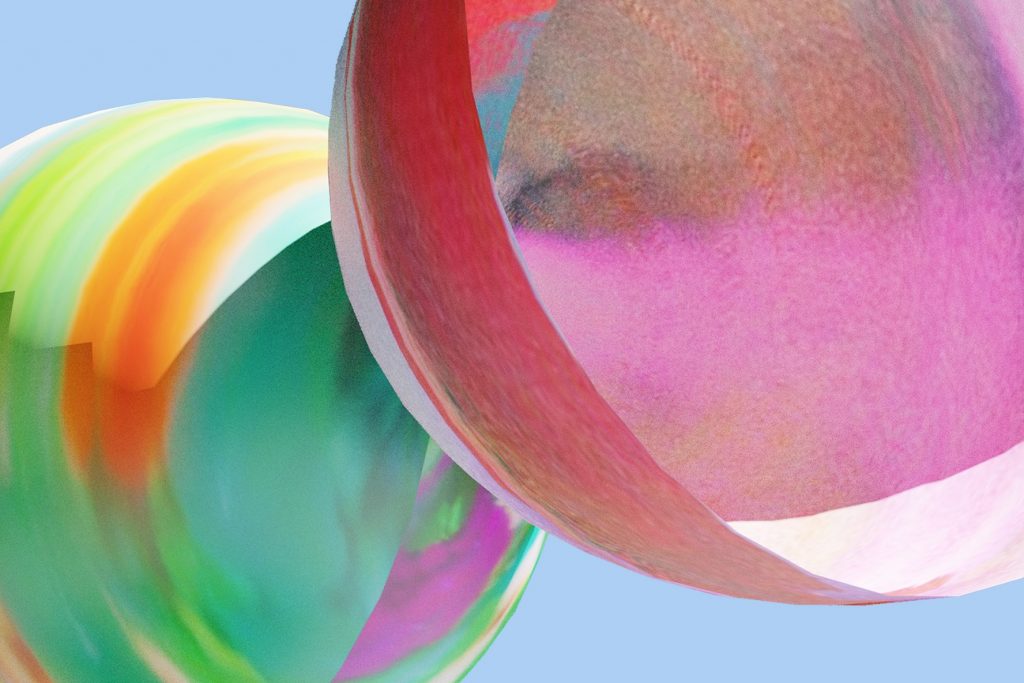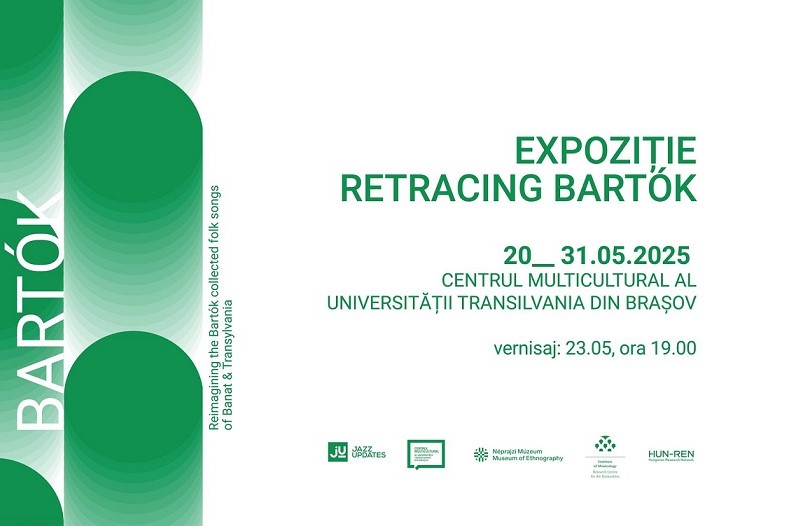Period
31 mai - 12 iulie 2024
Paula Modersohn-Becker...
“One needn’t think so much about nature when painting (. . .) my own perception is the main thing” - Diary entry by Paula Modersohn-Becker of 1.10.190
The painter Paula Modersohn-Becker, present in the Worpswede colony since 1898, took private painting and drawing courses at art schools in Berlin and London. In 1900 she went to Paris, where she studied at the Colarossi and Julian private academies, cultivated a lively friendship with the writer Rainer Maria Rilke and his wife Clara Westhoff, and never ceased to have good relations with the artists of the colony near Bremen. Paula tirelessly explores the expressive possibilities of modern painting, studying with interest the works of Paul Cézanne, Vincent van Gogh and Paul Gauguin. By simplifying the forms she approaches, she imposes a certain austerity and acute expressivity, typical for Expressionism. The painter's drawings, like her diary entries, are honest, unfiltered testimonies, samples of the artist's personal perspective on the reality of her time. For this reason, ifa (Institut für Auslandsbeziehungen) aims to present the drawings and prints of Paula Modersohn-Becker alongside those of her fellow artists in the context of the creative colony in Worpswede.
Although she only lived 31 years, had a relatively short artistic career and sold few works during her lifetime, Paula Modersohn-Becker created about seven hundred paintings and over a thousand works on paper (drawings, prints). She is the first painter in the world to have a museum dedicated to her - the Paula Modersohn-Becker Museum in Bremen, Germany, built in 1927.
The exhibition was conceived by curator Wulf Herzogenrath for ifa (Institute for Foreign Cultural Relations).
… and the artists' colony in Worpswede (1895- 1906)
The village of Worpswede near Bremen became a place that welcomed and inspired many generations of artists from 1889 onwards. Away from the hustle and bustle of the European centers at the height of early industrialization, away from the social and cultural conventions of the time, it became the epicenter of a community of painters. This includes all the artists featured in the exhibition: Hans am Ende, Fritz Mackensen, Fritz Overbeck, Heinrich Vogeler, Otto Modersohn and Paula Modersohn-Becker.
The painters of the group, most of them educated at the Düsseldorf Academy of Art, evolve from Neoclassicism to Impressionism, Post-Impressionism or Art-Nouveau, consolidating a well-articulated community identity.
Text author: Andreea Foanene





